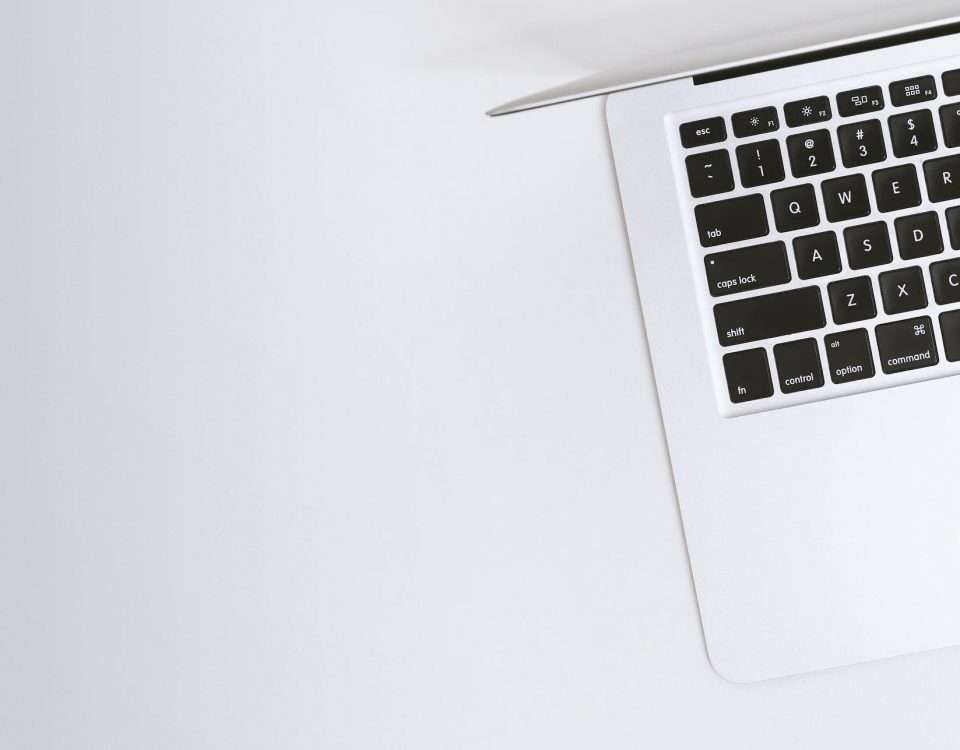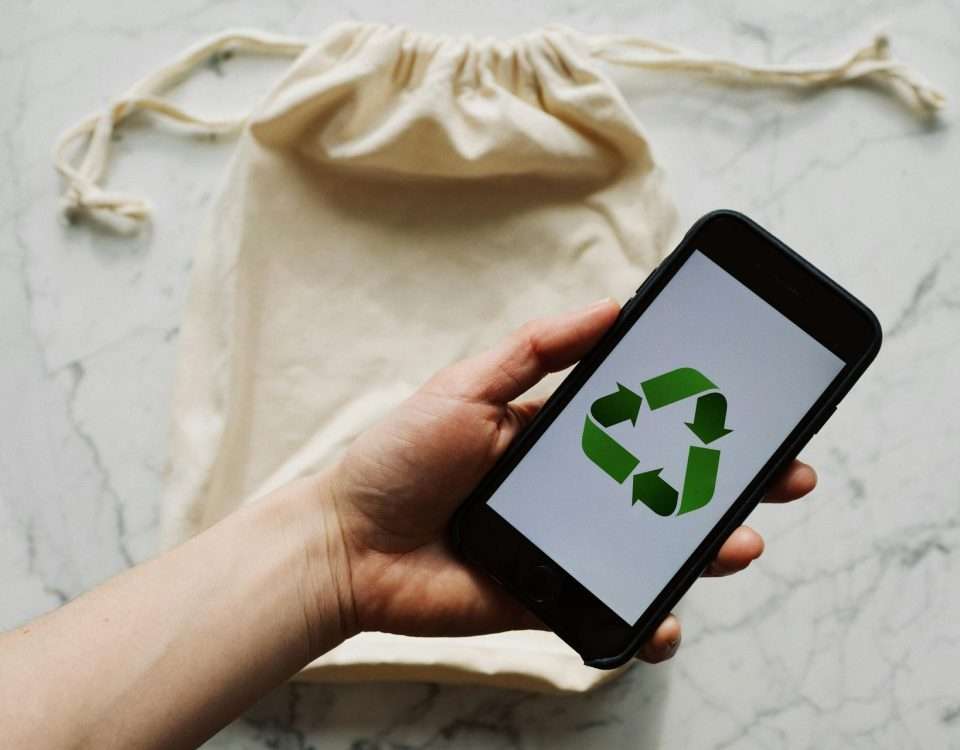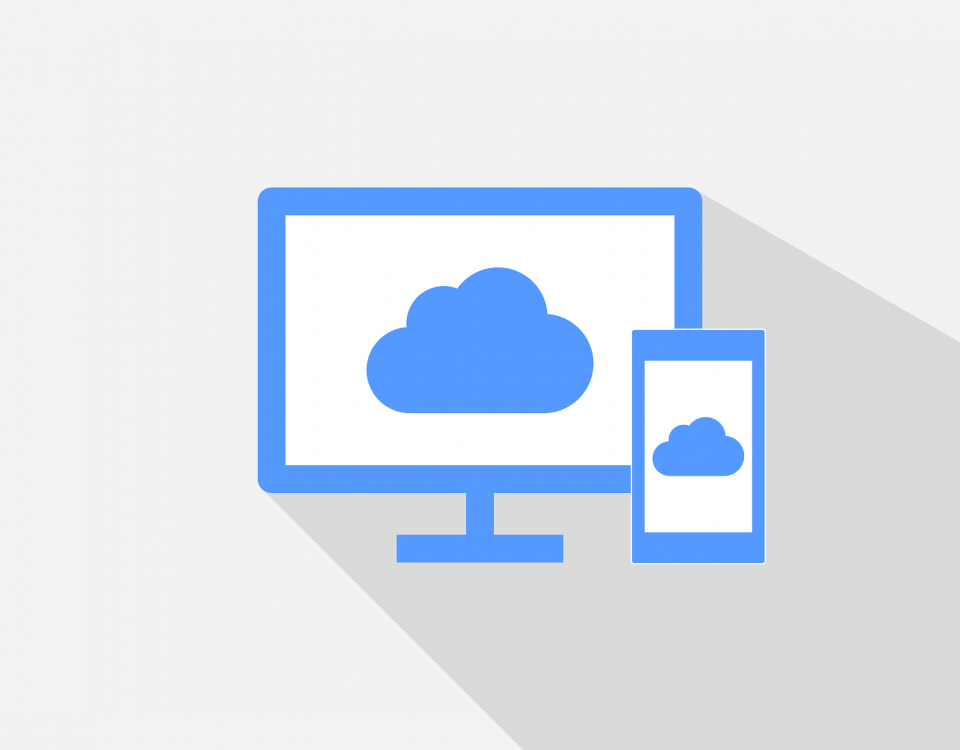Fake USB And SD Card Scam
Windows 9
8 September 2014Robotic Printer
8 September 2014More and more of us are increasingly turning towards the internet to buy IT components. However, as people are attracted by incredibly low prices they are moving away from established businesses and buying from people on auction sites.
Now we like a bargain as much as the next person but sometimes things can be too good to be true. Recently, we have read a lot about fake capacity USB Flash Drives or SD Cards. Sold incredibly cheaply, on line, these are usually high capacity drives such as 16GB, 32GB, 64GB or 128GB.
The drives appear to work perfectly and Windows will even show them to have the correct level of storage capacity. However, a 64GB drive may only contain 2GB of actual memory. So it will work fine whilst you transfer the first 2GB of data but after that it will corrupt all of the data on it.
So how do you test a USB Flash Drive or SD card? Programs such as ChipGenuis will allow you to reveal the true size of the memory. We also sell a lot of Kingston drives and a good way to test whether it is a genuine part is to check that Kingston have printed text onto the metal USB connector which has the model number and capacity plus other numbers. If your Kingston drive has no printing on the connector, it may well be a fake.



